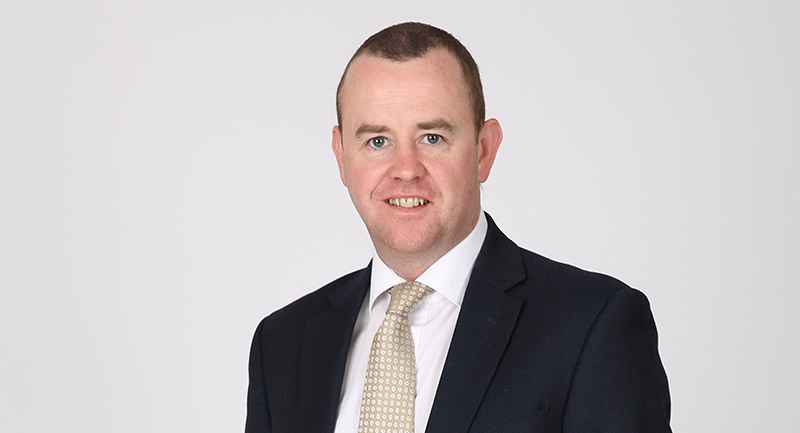Bond markets have had a torrid 2022. On a global basis, government bonds are down almost 9%, investment grade down 13.5% and high yield down 13.7%. Even inflation-linked bonds, which should technically be doing well, are down more 12%.
The problem? Stubbornly high inflation and uncertainty as to where the terminal rate will settle. It’s very difficult to value an asset or an asset class if you don’t know how high interest rates are going to go.
With the prospect of recession looming, the short-term outlook isn’t much better and there are several things for bond investors to consider, not least the prospect of an uptick in default rates. To get a better idea of the current picture, I spoke to some bond fund managers.
Defaults set to increase
Grace Le, co-manager of Artemis Corporate Bond fund, says that with default rates around historic lows, it’s impossible to deny that we are due a pick-up in defaults.
“But before we panic, we need to consider a couple of things,” she said. “Firstly, the quality of the high yield index has been improving. Whereas BB credits used to make up around 35% of the index, they make up close to 60% of the high yield market today.
“More interestingly, BB and B rated bonds have seen their respective default rates declining over the last 30 years. This was supported by an accommodative monetary policy which facilitated company financing. There is an argument to be made that given elevated inflation, central banks will have less appetite to pacify risk markets through quantitative easing.
“However, in its stead, we have seen a rise in fiscal intervention to support the economy. We only have to look to the pandemic or the cost-of-living crisis that we are experiencing now to see the extraordinary measures that governments around the world are taking to support the economy.
“We expect default rates to rise from their current floor, but we don’t expect a meaningfully worse default cycle.”
This is a view further supported by George Curtis, a portfolio manager at TwentyFour Asset Management, who says that corporate balance sheets have strengthened significantly, and much of the high yield universe used the attractive funding conditions last year to ‘term out’ their maturity profiles.
“2022 maturities in both US and European high yield equated to just 1% of their respective indices,” he says. “Even 2023 maturities remain subdued, with the bulk of the ‘maturity walls’ coming in 2025 or later.”
Blackrock corporate bond manager Ben Edwards is a little more sceptical.
While the vast array of support programmes made available to individuals and companies by governments worldwide during Covid meant that far fewer businesses defaulted than would have been expected, he says that the hope that “creative destruction” has recently played out and will lead to a benign default cycle, in the next recession, is likely optimistic.
He believes the era of unusually low defaults, driven by ultra-accommodative monetary policy, is over and more “normal” business and default cycles are returning and the outlook will become increasingly bleak for those companies that are structurally challenged, poorly run or that have taken on too much debt with cyclical earnings, as central banks continue to withdraw liquidity from the global economy.
Are treasuries now attractive?
Anyone investing in the ‘risk-free’ US 10-year treasury at 0.5% is now sitting on big capital losses. But with yields now at 3% the US treasuries are looking more attractive. But is now the time to invest?
On one hand, the US 10-year is a dream asset in the portfolio as it has a negative correlation to equities at times of extreme stress.
But with inflation over 8% and yields at 3%, that is a huge differential. If you are buying 10-year treasuries today you have to believe that inflation is going to come down significantly or you risk further losses.
Do steep Fed rate rises kill growth and inflation and send us into recession, in which case 10-year yields are likely to fall heavily as the Fed reverses course? Or does the combination of quantitative tightening, a tight labour market, higher rates and inflation send US 10-year yields soaring north of 5%?
I’m in the camp that starts to build the US 10-year and reduces high yield exposure in case of recession.
Mark Holman, another portfolio manager at TwentyFour Asset Management, is of a similar mind. “The world’s favourite safe haven asset looks to suddenly be back in fashion, and that is because, for some, recession is now looking more likely and less far away than it did a few weeks ago.
“We think building a position in 10-year US treasuries is now a serious consideration for bondholders, as is gradually increasing credit quality and focusing on shorter dated bonds in the coming months in order to try to get maximum benefit from the higher yields on offer in fixed income today.”
Other opportunities starting to appear
US treasuries aren’t the only area starting to look more attractive. “Parts of the fixed income market are already compensating you for a recessionary environment,” commented M&G’s Public Fixed Income team.
“Moreover, the all-in yield you get from investment grade corporate bonds is close to decade highs, presenting an attractive opportunity for yield buyers and for asset allocators too: the yield you now get from an average USD BBB corporate is the same as the earnings yield you receive from the S&P 500!”
“When the rate hikes stop, and investors can once again value risk with some certainty, cheaper asset prices across credit and sovereign bond markets alike will represent an incredible opportunity set for investors seeking attractive returns,” concluded Dickie Hodges, manager of Nomura Global Dynamic Bond fund.
“The opportunity is coming, and we are ready to pounce on it. We just need to remain patient for now. But 2023 and 2024 could be good for fixed income markets.”
In this type of uncertain environment, an experienced manager who has lived through inflationary periods before, and/or flexible mandates, could add a level of reassurance for investors.
As such, funds such as M&G Corporate Bond, TwentyFour Corporate Bond, Aegon Strategic Bond and Jupiter Strategic Bond are all considerations.







